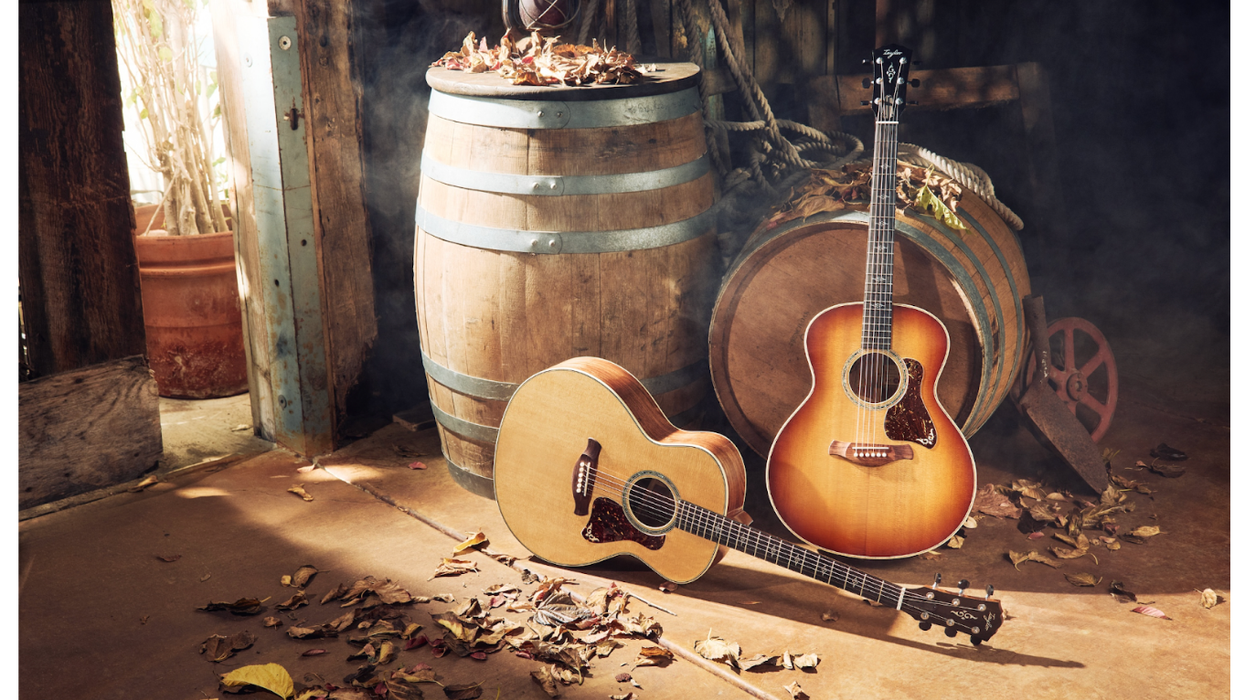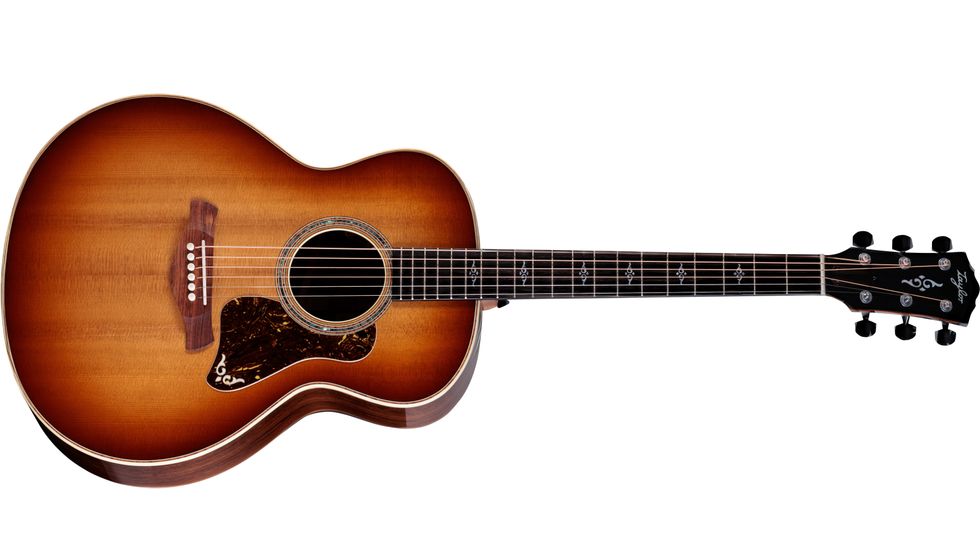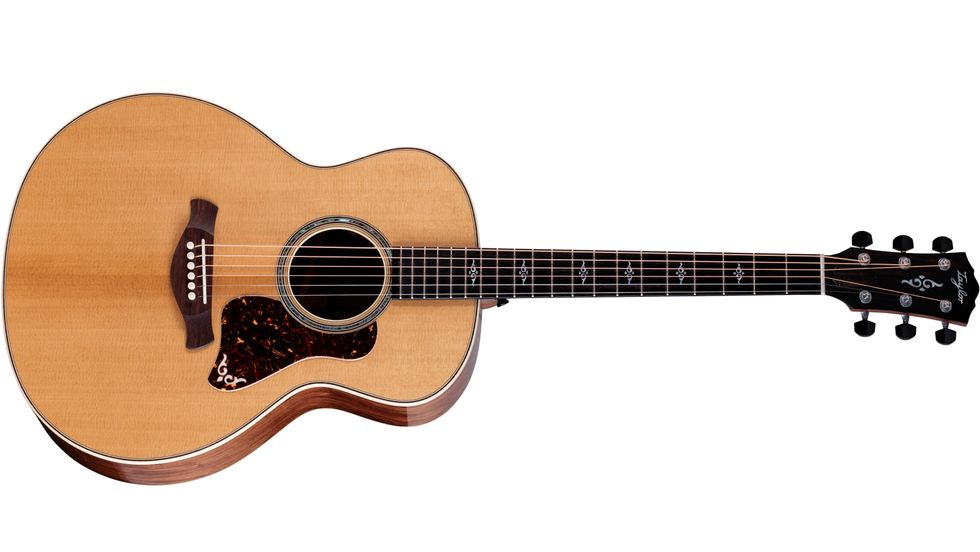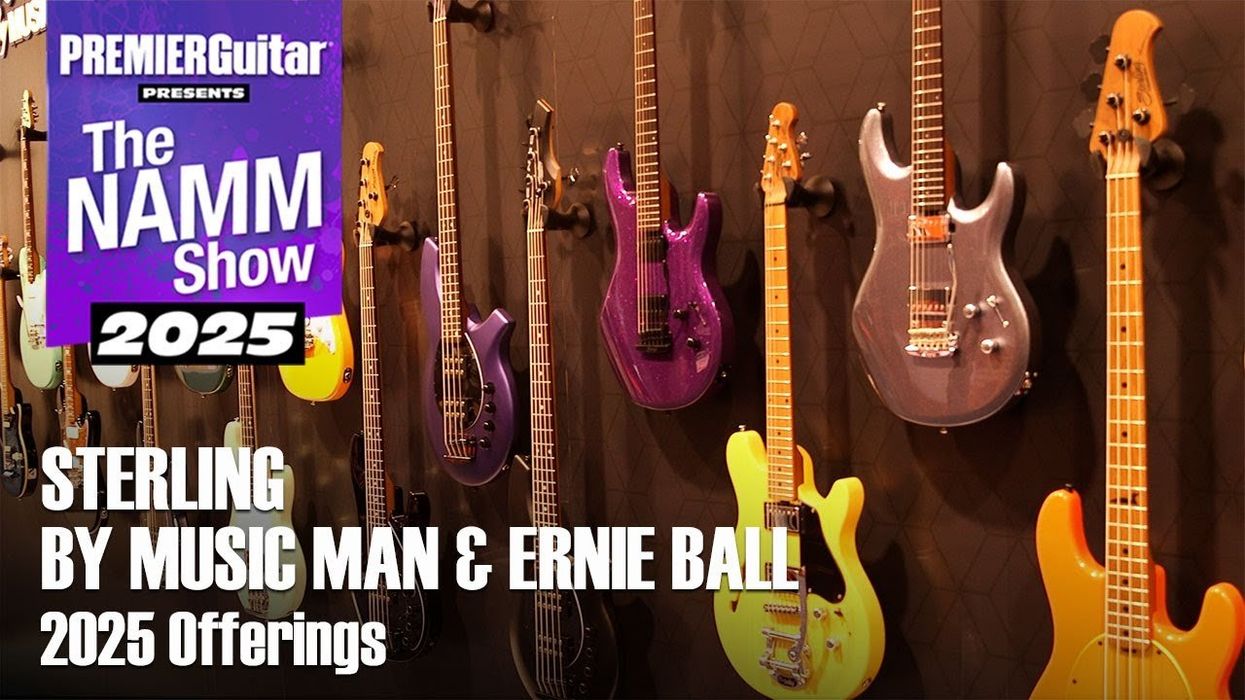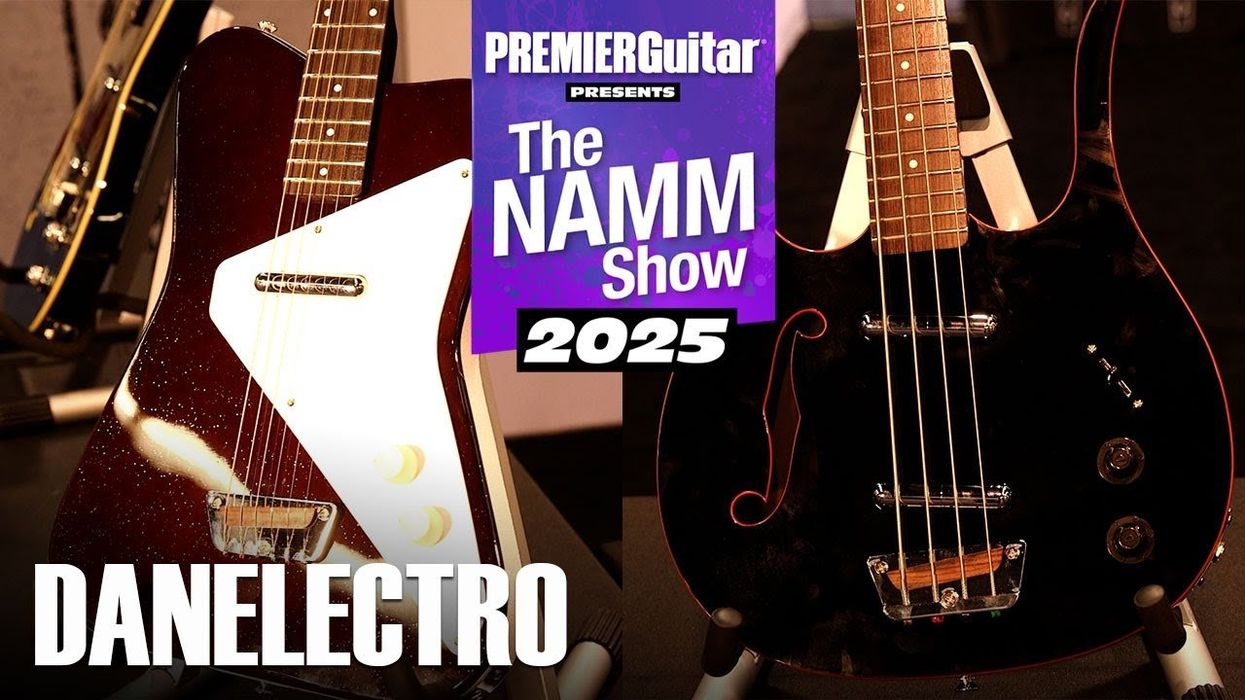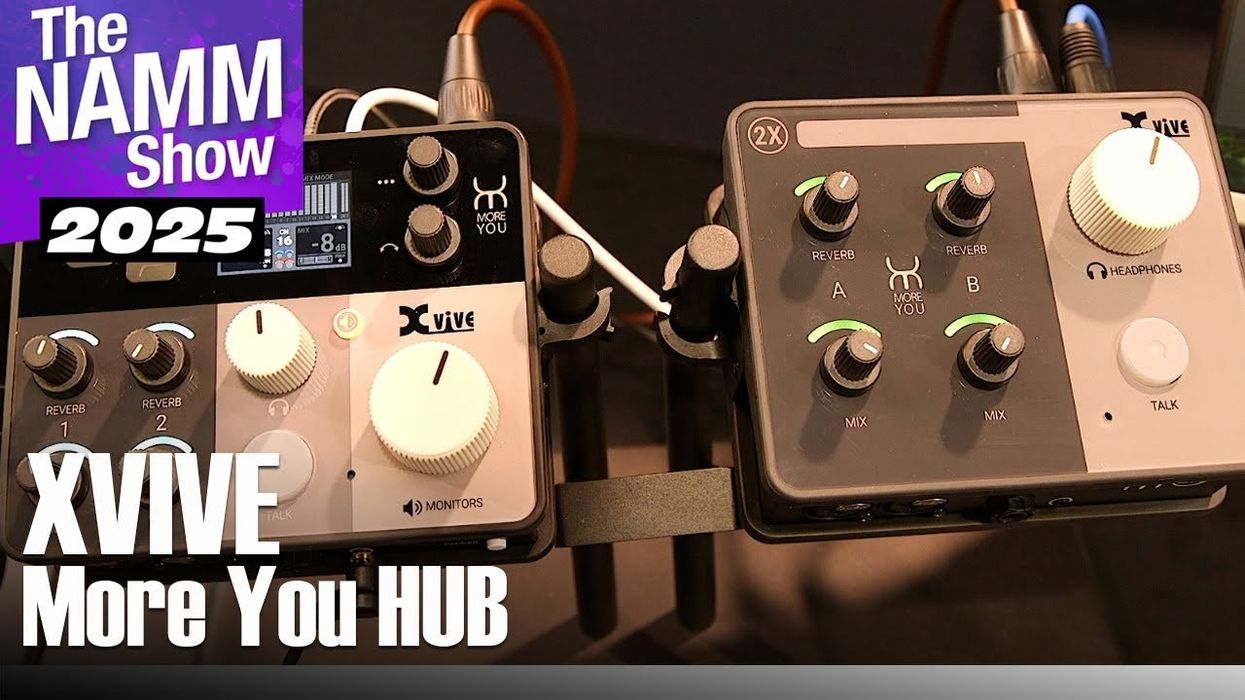When I was messing
around with headlines to
go with the arresting image on
this month’s cover, I kept thinking
how “Future Primitive” in
big, bold letters, would be a
great descriptor for the glorious
dichotomy of gear that was
Winter NAMM 2011—the
subject of this month’s cover
story. But the more I thought,
the more I realized that line
would probably just remind
30-something guys like myself
of the 1985 Powell-Peralta
skateboarding video (featuring,
among others, a gangly 17-year-old
phenom named Tony
Hawk) or headier guys from the
collection of John Zerzan essays
that inspired Ted Kaczynski
(aka “the Unabomber”) to
bomb-in-a-briefcase infamy.
In the end, I just went with
“Winter NAMM 2011.” It
pretty much says what all PG
readers/viewers want to know:
Inside this mag is a bunch of
gear coolness that you should
gorge yourself on.
But I have to admit “Future Primitive” isn’t half bad, either. Because when we chose the Kemper Profiling Amplifier—which lets you plug in any amp at your physical disposal and store a “profile” of its sonic signature (sounds kind of like the Napster of guitardom, huh?)— and the Misa Digital Instruments Kitara—which combines society’s new addiction to touch screens and video games with a 144-key, 24-fret controller full of synth voices—I was pretty sure we’d get grief from at least a few purists who think glowing glass bottles and a plank of wood harnessed with vibrating strings is the only way to go. Because let’s face it—a lot of us guitarists are sort of primitivists/neo-Luddites in almost the same sense as Kaczynski and Zerzan: Okay, we don’t have crazy-ass violent tendencies, but by and large, we guitarists tend to think of post-1950s technology as part of some doomsday machine that’s sapping music of its innocence and humanity. And, to be honest, I’m kind of one of those guys myself.
So why the space-age cover—is it just to be provocative? Maybe a tad. After all, as you’ll see when you flip to our feature wrap-up, the January NAMM show had tons of retro-cool guitars and valve-stocked amps that we could’ve put on the cover. The Kemper and Kitara look badass, though. (Hey, just because I love tubes doesn’t mean I don’t dig cool gadgets!) But there’s more to it than that.
It seems ridiculous to even articulate this thought, but there are obviously a lot of different kinds of guitarists. And, theoretically, that should mean there are many potential avenues to excelling as the type of guitarist you choose to be. For me, music is alluring because it gives me a chance to at least attempt to create something new and original. I’m not under the delusion that I’ll ever come up with a completely unique, instantly identifiable sound, but striving for that is what draws me to the instrument. And the guitarists and musicians who’ve had the greatest impact on the world—from Mozart to Segovia, Django, Billie Holiday, Sinatra, Louis Armstrong, Elvis, McCartney and Lennon, Janis Joplin, Jimi, Page and Plant, Van Halen, Tom Morello, Thom Yorke and Jonny Greenwood, and countless others—didn’t necessarily do so by dint of phenomenal technique or the ability to ape every sound their idols made. It was about soul and a restless zeal for experimentation and expression. (Hell, most of my guitar heroes have two or three great tones they use to endless perfection.)
I like to believe the aforementioned rationale is what drives me to prefer plugging somewhat Neanderthalic guitars into fairly simple tube amps and to blather on endlessly about how I’d rather dial up one or two great sounds and then alter my tone via technique. But I may just be fooling myself. Maybe I’m just lazy or stuck in the past—or maybe I have a touch of ADHD when it comes to knobs and digital menus.
A lot of players feel similarly. But there are other schools of 6-string thought, too. For some, guitar is all about complete mastery of a single style, and that may dictate striving for a specific type of tone without really caring what sort of technology provides it. For others, guitar is more about the joy of performing cover songs and interacting with bandmates and audiences. And, in that sphere, the more styles and sounds you can replicate (usually via digital modeling and/or a very large and expensive collection of gear), the better. Each of us has our opinion of which rationale is supreme, but it’s good to remind ourselves every now and again that music is an art form intended to bring joy and edification—and, for guitarists, certainly there’s not just one set of tools that can make that happen.
So do I expect you to embrace technology like the Kitara and the Kemper? That’s obviously up to you. I just think we should stop every once in a while and ask ourselves why we do what we do. If you’re comfortable with your old-school gear, that’s totally cool. But a little open-mindedness never hurts, either. After all, today a ’57 Strat and a Marshall plexi may look like the epitome of guitarness, but at one time a lot of players thought they were as radical as the instruments on this month’s cover.
Shawn Hammond
shawn@premierguitar.com
But I have to admit “Future Primitive” isn’t half bad, either. Because when we chose the Kemper Profiling Amplifier—which lets you plug in any amp at your physical disposal and store a “profile” of its sonic signature (sounds kind of like the Napster of guitardom, huh?)— and the Misa Digital Instruments Kitara—which combines society’s new addiction to touch screens and video games with a 144-key, 24-fret controller full of synth voices—I was pretty sure we’d get grief from at least a few purists who think glowing glass bottles and a plank of wood harnessed with vibrating strings is the only way to go. Because let’s face it—a lot of us guitarists are sort of primitivists/neo-Luddites in almost the same sense as Kaczynski and Zerzan: Okay, we don’t have crazy-ass violent tendencies, but by and large, we guitarists tend to think of post-1950s technology as part of some doomsday machine that’s sapping music of its innocence and humanity. And, to be honest, I’m kind of one of those guys myself.
So why the space-age cover—is it just to be provocative? Maybe a tad. After all, as you’ll see when you flip to our feature wrap-up, the January NAMM show had tons of retro-cool guitars and valve-stocked amps that we could’ve put on the cover. The Kemper and Kitara look badass, though. (Hey, just because I love tubes doesn’t mean I don’t dig cool gadgets!) But there’s more to it than that.
It seems ridiculous to even articulate this thought, but there are obviously a lot of different kinds of guitarists. And, theoretically, that should mean there are many potential avenues to excelling as the type of guitarist you choose to be. For me, music is alluring because it gives me a chance to at least attempt to create something new and original. I’m not under the delusion that I’ll ever come up with a completely unique, instantly identifiable sound, but striving for that is what draws me to the instrument. And the guitarists and musicians who’ve had the greatest impact on the world—from Mozart to Segovia, Django, Billie Holiday, Sinatra, Louis Armstrong, Elvis, McCartney and Lennon, Janis Joplin, Jimi, Page and Plant, Van Halen, Tom Morello, Thom Yorke and Jonny Greenwood, and countless others—didn’t necessarily do so by dint of phenomenal technique or the ability to ape every sound their idols made. It was about soul and a restless zeal for experimentation and expression. (Hell, most of my guitar heroes have two or three great tones they use to endless perfection.)
I like to believe the aforementioned rationale is what drives me to prefer plugging somewhat Neanderthalic guitars into fairly simple tube amps and to blather on endlessly about how I’d rather dial up one or two great sounds and then alter my tone via technique. But I may just be fooling myself. Maybe I’m just lazy or stuck in the past—or maybe I have a touch of ADHD when it comes to knobs and digital menus.
A lot of players feel similarly. But there are other schools of 6-string thought, too. For some, guitar is all about complete mastery of a single style, and that may dictate striving for a specific type of tone without really caring what sort of technology provides it. For others, guitar is more about the joy of performing cover songs and interacting with bandmates and audiences. And, in that sphere, the more styles and sounds you can replicate (usually via digital modeling and/or a very large and expensive collection of gear), the better. Each of us has our opinion of which rationale is supreme, but it’s good to remind ourselves every now and again that music is an art form intended to bring joy and edification—and, for guitarists, certainly there’s not just one set of tools that can make that happen.
So do I expect you to embrace technology like the Kitara and the Kemper? That’s obviously up to you. I just think we should stop every once in a while and ask ourselves why we do what we do. If you’re comfortable with your old-school gear, that’s totally cool. But a little open-mindedness never hurts, either. After all, today a ’57 Strat and a Marshall plexi may look like the epitome of guitarness, but at one time a lot of players thought they were as radical as the instruments on this month’s cover.
Shawn Hammond
shawn@premierguitar.com




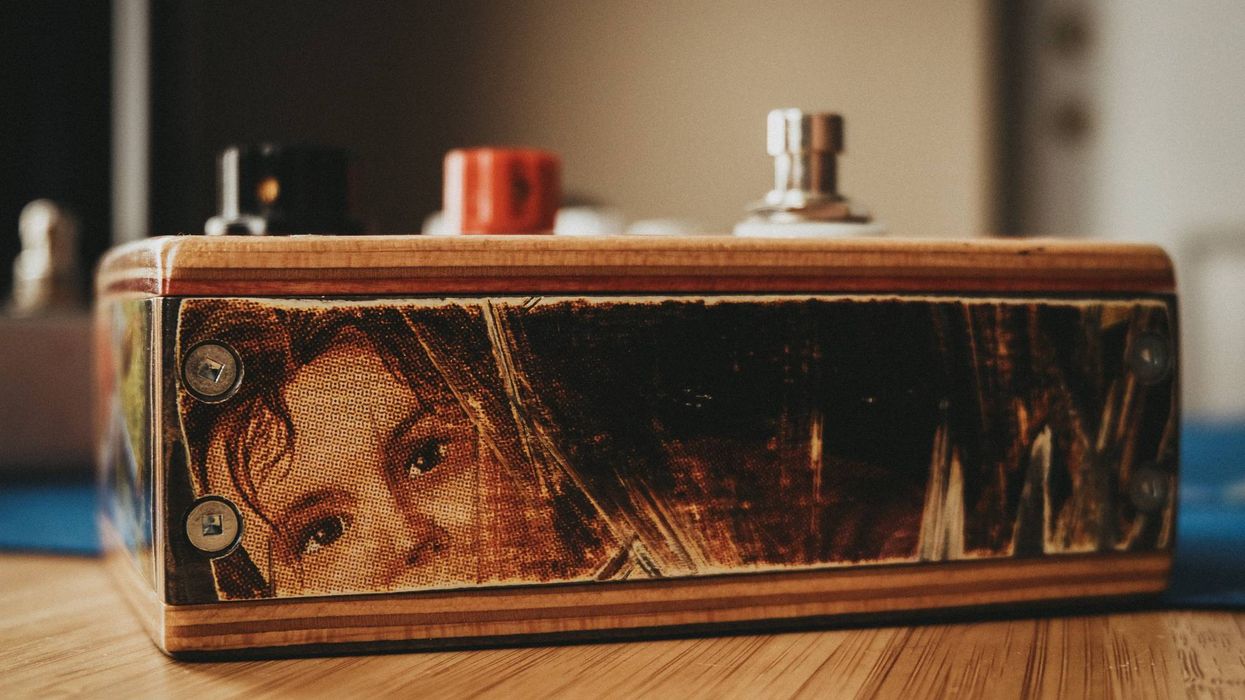
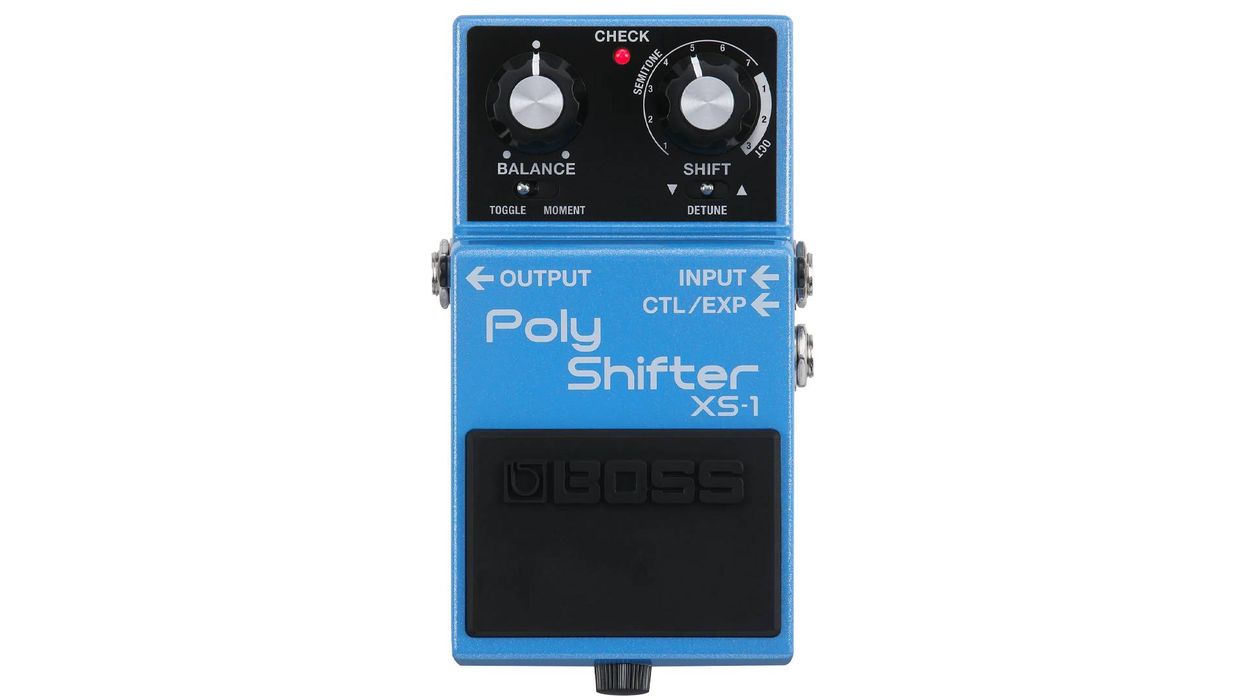
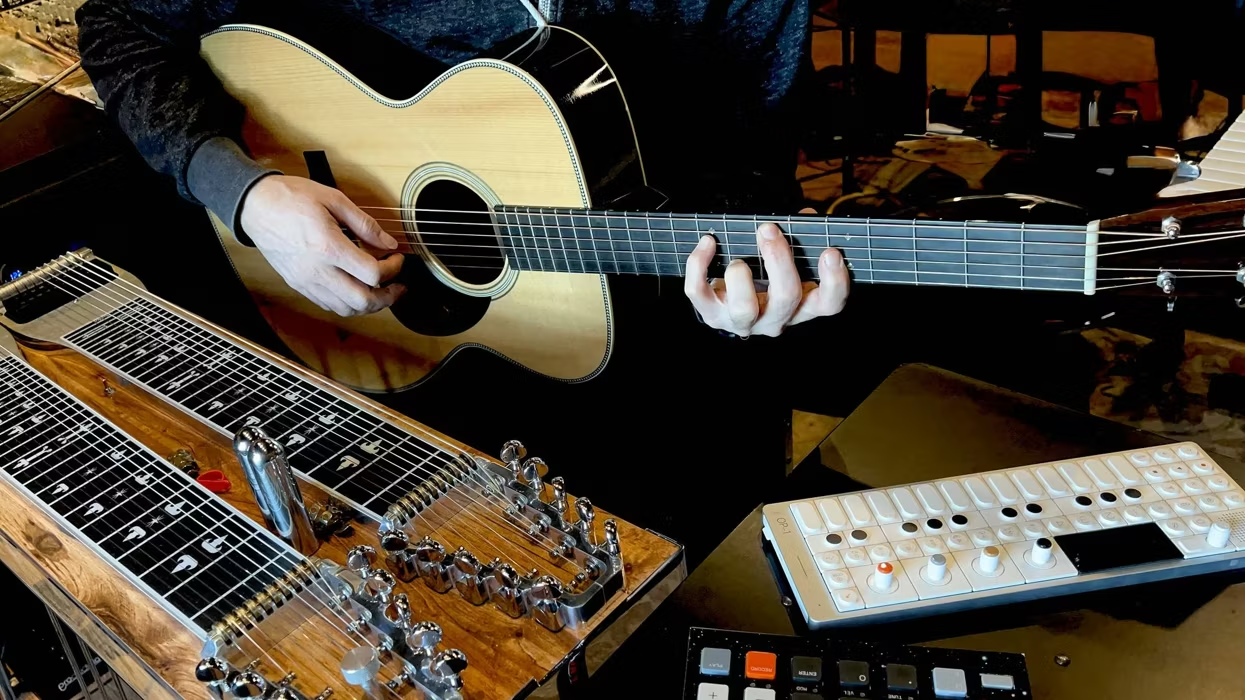

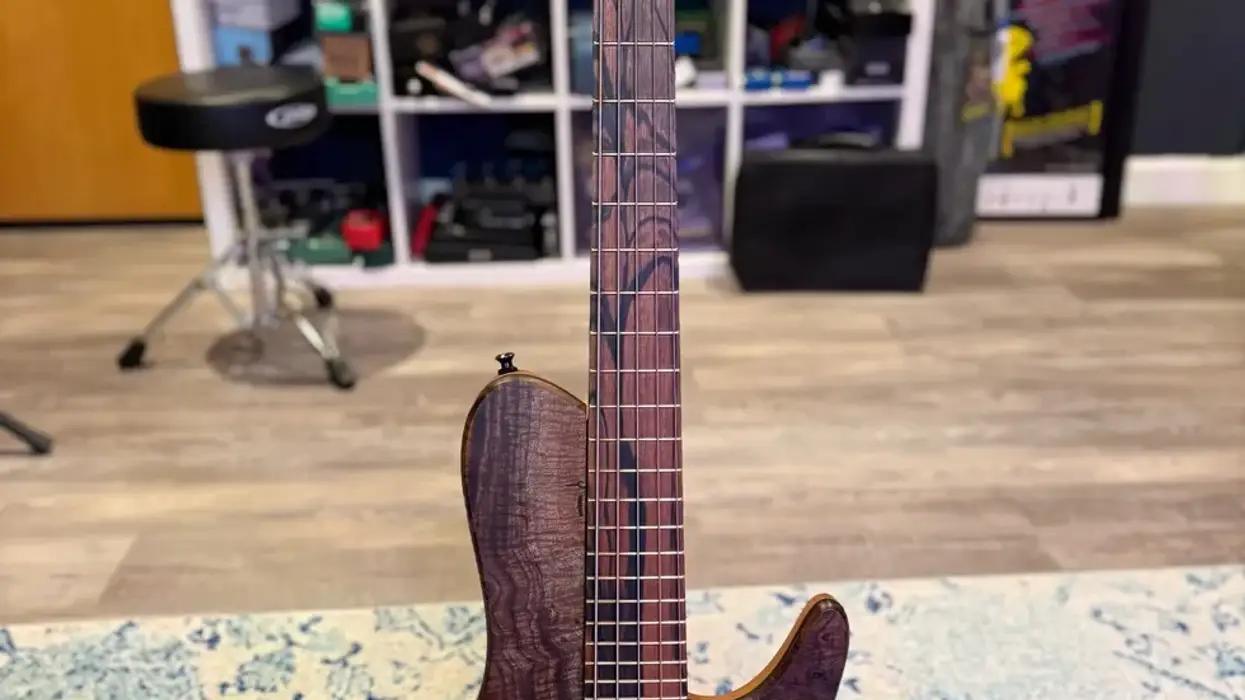



![Rig Rundown: Russian Circles’ Mike Sullivan [2025]](https://www.premierguitar.com/media-library/youtube.jpg?id=62303631&width=1245&height=700&quality=70&coordinates=0%2C0%2C0%2C0)


